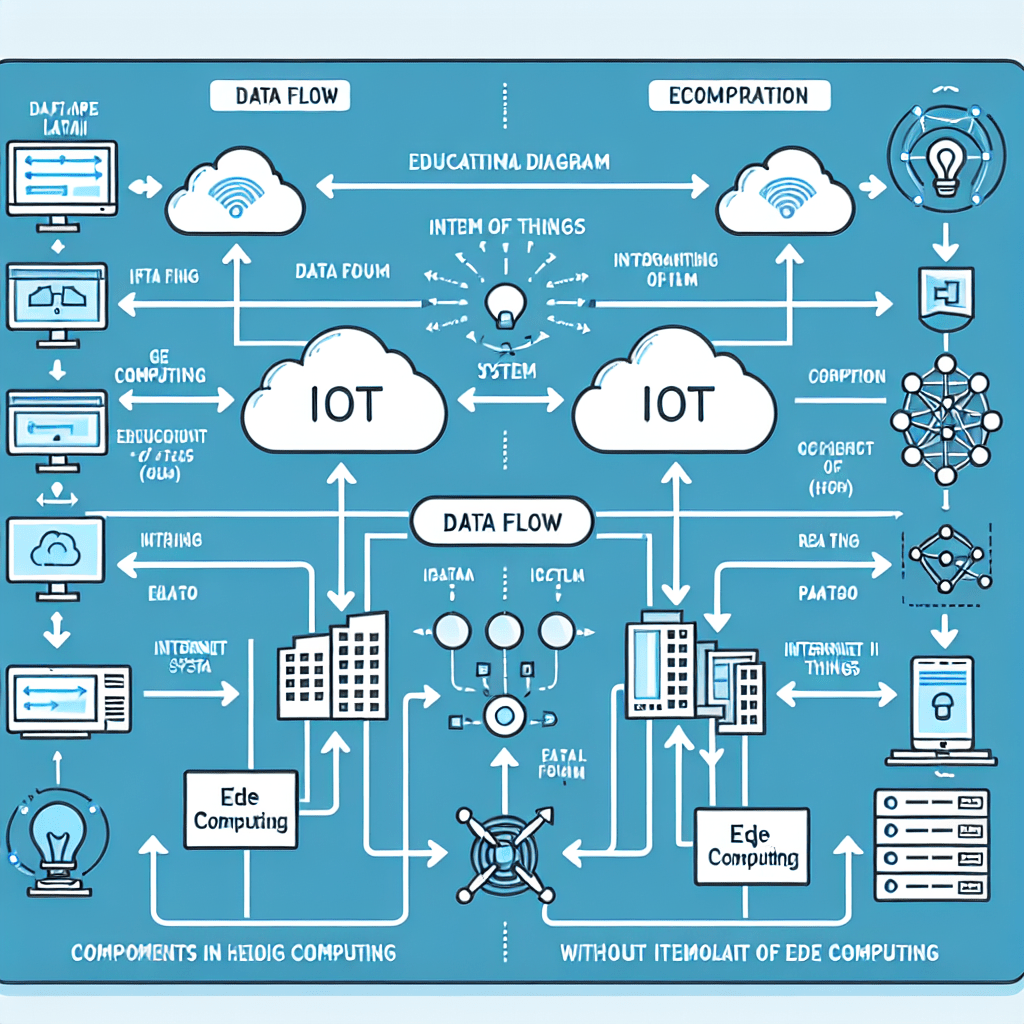The Rise of Edge Computing: Shaping the Future of IoT
Table of Contents
Table of Contents
As a tech journalist, I’ve watched edge computing evolve from a niche concept into a cornerstone technology for the Internet of Things (IoT). Let me share what makes it so essential and transformative.
Understanding Edge Computing in the IoT Ecosystem
Imagine you’re playing a real-time strategy game, but every command you issue needs to be sent to a distant server before anything happens. Frustrating, right? That’s the problem edge computing solves in the IoT world. By processing data locally, right where it’s generated, edge computing slashes response times and bandwidth usage, making it a linchpin for efficient IoT operations, especially in time-critical scenarios like emergency medical services or automated manufacturing lines.
Enhancing IoT Security Through Edge Computing
Edge computing doesn’t just speed things up; it also locks things down. Processing data locally means sensitive information doesn’t have to travel over the internet as often, reducing exposure to potential cyber threats. Here’s how it enhances security:
- Data Minimization: By only sending necessary data to the cloud, edge computing limits the chances of sensitive information being intercepted.
- Reduced Attack Surface: Fewer data transmissions mean fewer opportunities for attacks.
- Real-time Security Protocols: Edge devices can respond to threats instantly, without waiting for instructions from a central authority.
Real-world Applications of Edge Computing in IoT
Edge computing is already making a big impact across various sectors. Here are a few examples:
Smart Cities
In smart cities, edge computing helps manage everything from traffic lights to public safety systems, reacting to changes in real-time to improve city living.
Healthcare
In hospitals, edge computing allows for immediate processing of critical patient data, helping doctors make faster, more informed decisions during emergencies.
Manufacturing
In factories, edge computing devices predict equipment failures before they happen, reducing downtime and maintaining production flow.
Comparing Edge Computing and Cloud Computing
While both technologies offer unique benefits, they serve different purposes. Cloud computing is ideal for heavy-duty data storage and complex processing tasks that aren’t time-sensitive, whereas edge computing excels in situations where speed and immediate data analysis are paramount.
Choosing the Right Edge Computing Devices for IoT
Selecting the right edge devices is critical. The choice should be influenced by the specific needs of the IoT application, considering factors like processing power and security requirements. From what I’ve seen, scalability is often overlooked, which can restrict future growth or technology integration.
Conclusion
Edge computing is transforming how data is processed within the IoT, making operations more efficient, secure, and responsive. For anyone engaged in tech, understanding and adopting edge computing strategies is not just beneficial; it’s essential for staying ahead.
Thanks for joining me in exploring how edge computing is reshaping the IoT landscape. It’s exciting to think about what’s on the horizon!

